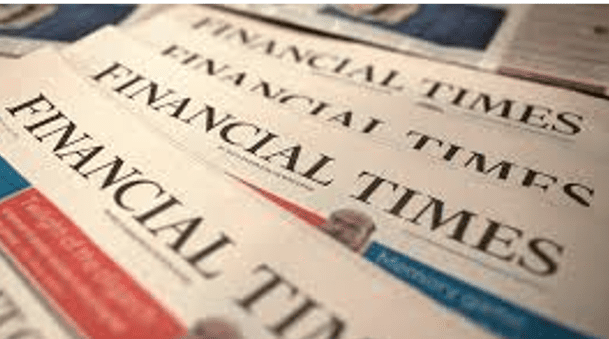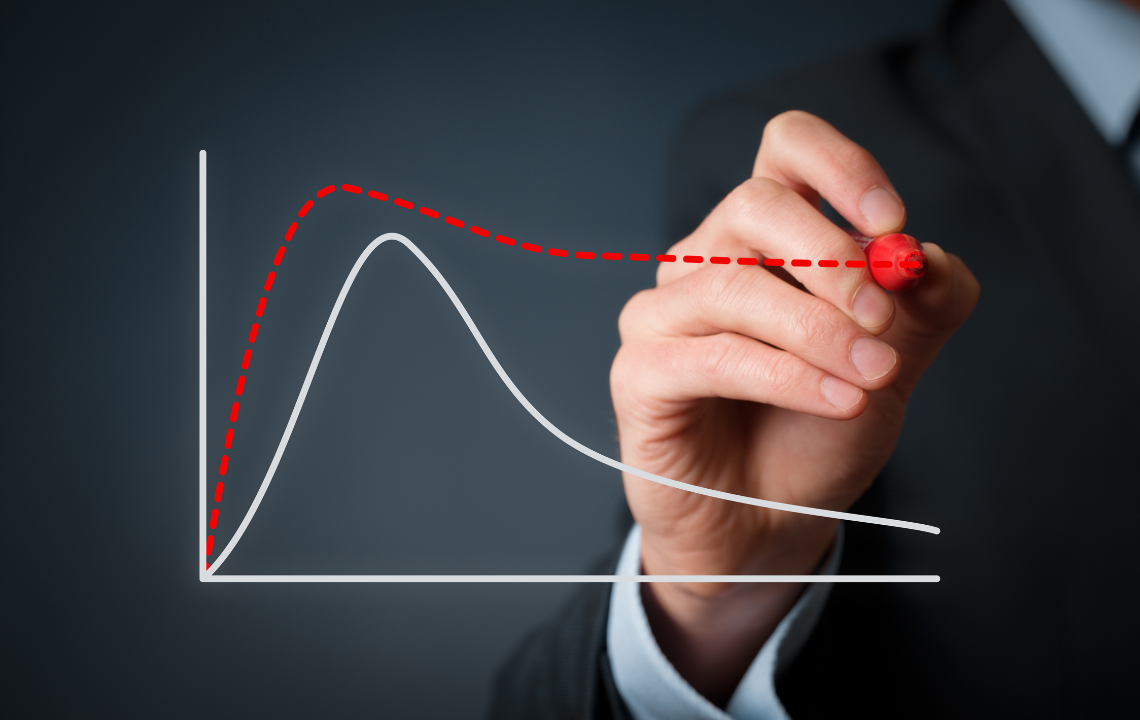Novasecta was recently asked to do some research for the Financial Times, the pre-eminent UK financial newspaper, exploring trends in pharma M&A. The major finding of this research was that acquisition prices are rising extremely rapidly: the median acquisition value in 2016 was 39X the revenue of the acquired company, compared with 19X in 2015 and 8X in 2014. Moreover, average deal values are growing as well: while the number of deals dropped slightly from 2015 to 2016, the median value almost doubled to $1.97bn.
John Rountree, Managing Partner at Novasecta, commented on these findings, stating that “people are taking more risk and paying for hope — they are paying for growth that cannot be assured”. He goes on to say that “the companies that are being acquired cannot on average be now worth twice as much as they were only five years ago. The pressure for companies to overpay for acquisitions that give short-term growth is intense, and the era of cheap capital has exacerbated this phenomenon”. To view the full article, click here.
The conclusion that we draw from our research is that though some deals will end up being great for both parties, many are at over-inflated prices, and the acquiring companies would do better to focus on fixing their own shops and entering into partnerships where they need extra capability rather than expensive M&A. If you would like to discuss the implications for your company, please contact us or sign up to attend our reception at JP Morgan next week.
Novasecta’s pharma M&A trends research was elaborated on in an article in Endpoints, which can be viewed here. In this expanded coverage, John Rountree noted that:
“The multiple combine the two things going on in M&A, one is the amount you have to pay to acquire a certain amount of revenue, which is clearly up, and the second is that when revenue is lower (i.e. mostly pipeline value) you are taking more risk and betting on the hope that your acquisition will pay off.
To get a good-sized sample and long-term trend we also looked at two cohorts of deal-making – 2009–2011 and 2014-2016 (five years later). This part of our analysis clearly shows that the multiples are up across the board, so even when the company is not taking on the risk of early-stage hope, they are also paying much more for on-market revenue.
So we don’t explicitly value the early-stage programs, this is in the eye of the beholder, the issue is that acquirers are paying more than they used to for early-stage generally across the board.”
Novasecta’s research for the Financial Times was also picked up by FiercePharma. To view the article, click here.
This research was also reported on in a Pharma Letter article, which can be read below:
“People are taking more risk and paying for hope.”
That is the summary of John Rountree from pharma consultant Novasecta on the findings from his report on the value of mergers and acquisitions (M&A) in the pharmaceutical industry since the financial crash of 2008.
The senior consultant titled the research The era of cheap capital has led pharma to over-pay for M&A: This is risking the future of a vitally important industry.
Novasecta examined all pharma M&A activity in two cohorts, from 2009 to 2012 directly after the financial crash, and secondly in the years from 2014 to 2016.
Pharma M&A was costing twice as much last year as it was in 2015, and median deal value to sales multiples were at an extraordinary level of 39 times in 2016.
Those were two of the findings, as were figures showing that the number of high-risk, high-growth pharma deals has increased five-fold in just five years, and in that period, pharma deal value has increased by 2.3 times.
Worth twice as much?
In the comparison, it was clear that pharma is executing radically more M&A deals of significantly higher value, paying much more for revenue, and taking more risk than it used to.
The total volume of major deals worth at $1 billion is driving most of the increases, and has more than doubled, from $170 billion to $420 billion.
USA-headquartered companies have continued to dominate this $1 billion+ deal flow, with 60% of global deal value, while European companies have doubled their share to 33%, largely at the expense of Japanese companies that have almost withdrawn from big deals in the last three years.
The report goes on to say: “Novasecta’s conclusion is that pharma M&A has got out of hand. The companies that are being acquired cannot on average be now worth twice as much as they were only five years ago.
“The pressure for companies to over-pay for acquisitions that give short-term growth is intense, and the era of cheap capital has exacerbated this phenomenon.
Vulnerable to political and economic uncertainty
The report adds: “The short-term shareholders of the acquired companies may well make money as share prices ramp up in the expectation of being bought out at inflated prices.
“But the balance sheets of the acquirers are being raided to fund this, making such companies more vulnerable to the significant political and economic uncertainty that has been unleashed in the last year in Europe and the USA.”
The report suggests that pharma companies stop resorting to so much quick-fix M&A if they are to continue to be able to invest in the innovation required to create new medicines for the world.
Instead companies should focus on returning on their roots by driving value for their shareholders through creating and sustaining distinctive capabilities, while partnering with other companies and institutions to leverage the best skills of each.
The M&A spree does not benefit over-payers in the long term, particularly given that the two main economies driving pharmaceutical profitability, those of the USA and Europe – are facing such political upheaval.
In The Pharma Letter’s own M&A analysis from 2016, it emerged that there were some signs of a slow-down last year, with the number of deals done down on the record total of 2015.



